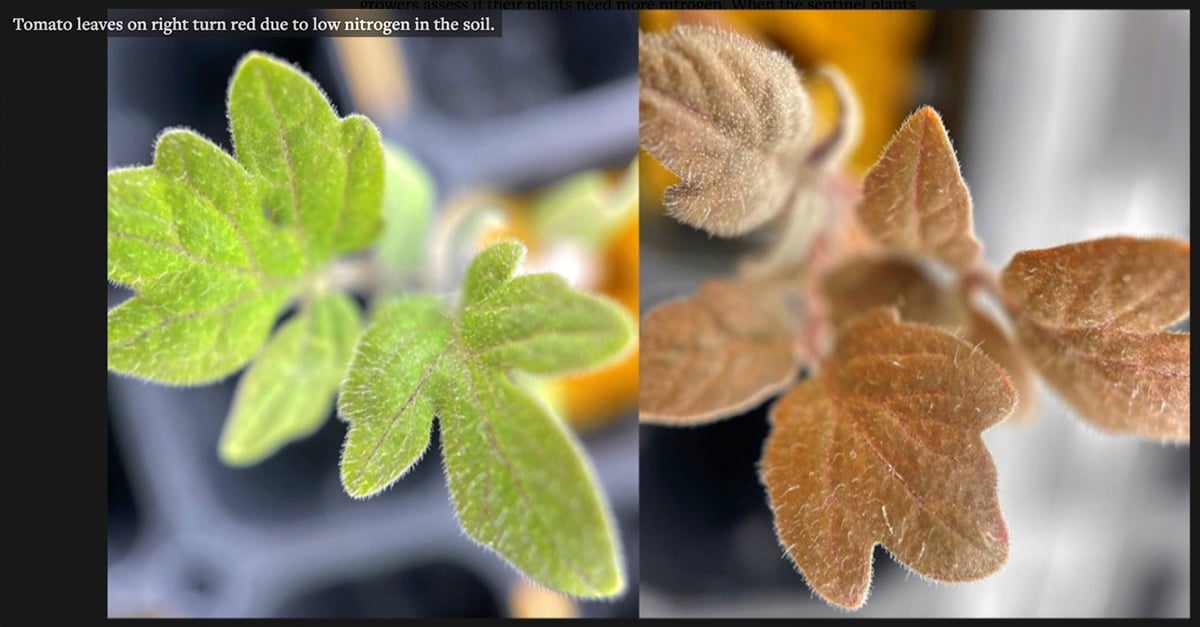There may soon be help for farmers wanting to kick the chemical habit.
A group of Saskatchewan academics and organic farmers are trying to establish the Canadian Centre for Alternative Agriculture.
“It’s a group that’s saying, ‘are there some different ways in engaging in primary agricultural production that are not so dependent on chemicals and fertilizers,'” said Murray Fulton, interim board member of the CCAA.
Fulton is a University of Saskatchewan professor who attended the Jan. 15 meeting that gave birth to the idea of forming a centre. He said right now that’s all it is – an idea.
Read Also

American researchers design a tomato plant that talks
Two students at Cornell University have devised a faster way to detect if garden plants and agricultural crops have a sufficient supply of nitrogen.
Non-conventional
The proposed centre would have close ties to the agricultural community at the University of Saskatchewan in Saskatoon. It has already lured four professors from different disciplines onto the board. But it would differ from traditional university programs in one key way, said interim board chair Hart Haidn.
“Our universities are so closely tied to conventional agriculture and funding from industry that we have difficulty breaking out of the paradigm of high-input agriculture.”
The CCAA would look at anything that makes agriculture more environmentally benign, as well as more profitable. The role of the non-profit organization will be research and communication.
The centre would rely heavily on studies and papers that have already been conducted and written up at hundreds of similar institutes in the United States and Europe and adapting that research to Canadian conditions, Haidn said.
The centre’s interim board of directors must first raise about $50,000 for a feasibility study scheduled for this summer.
“Getting funding for a feasibility study will not be a big deal,” said Haidn.
But securing funding for the centre’s first five years if it goes ahead could be a bigger deal. Haidn’s best guess is that it will cost about $2 million to staff the centre and pay expenses for that five-year period.
The group plans to seek base funding from provincial and federal governments. It will also be supported by memberships, donations and grants from individuals, foundations and corporations.
Haidn anticipates a staff of about two or three researchers and one support person. He wants the centre to attract critical and original thinkers that have ideas that differ from mainstream thinking.
The goal is to have the core of the CCAA established by the fall of 2000.















